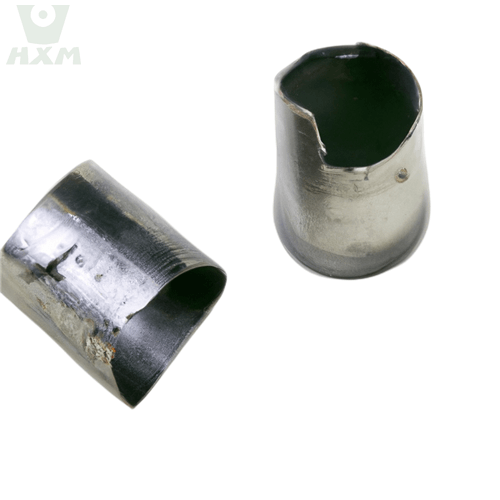Factors that cause pitting corrosion of stainless steel and methods to prevent pitting corrosion
The excellent corrosion resistance of stainless steel is due to the formation of an invisible oxide film on the surface of the steel, making it passivated. The passivation film is formed because steel reacts with oxygen when exposed to the atmosphere, perhaps because of contact with other oxygen-containing environments. If the passivation film is damaged, stainless steel will continue to corrode. In many cases, the passivation film is only damaged locally on the surface of the metal, and the effect of corrosion is to form tiny holes or pits, and small pit-like corrosion randomly scattered on the surface of the material.
Factors that cause pitting corrosion of stainless steel
Pitting corrosion is likely to be the presence of chloride ions combined with the depolarizer. The pitting corrosion of passive metals such as stainless steel is often caused by the partial damage of some corrosive anions to the passive film. The protection of the passive state with high corrosion resistance usually requires an oxidizing environment, but this happens to be a condition for pitting corrosion. The medium for pitting corrosion is a chloride solution containing Fe3+, Cu2+, Hg2+ and other heavy metal ions in Cl-, Br-, I-, ClO4- solutions, or Na+, Ca2+ alkali and alkaline earth metal ions such as H2O2, O2.
The pitting corrosion rate increases with increasing temperature. For example, in a solution with a concentration of 4% to 10% sodium chloride, the component loss due to pitting corrosion is the largest at 90°C; for more dilute solutions, the maximum value appears at a higher temperature.
to avoid stainless steel pitting corrosion
⒈Avoid the gathering of halogen ions.
⒉Ensure the uniformity of oxygen or oxidizing solution, mix the solution and avoid small areas where the liquid does not flow.
⒊May increase the concentration of oxygen, or remove oxygen.
⒋Add PH value. Compared with neutral or acid chlorides, significantly alkaline chloride solutions form less pitting corrosion, or none at all (hydroxide ions act as a corrosion inhibitor).
⒌Work at the lowest possible temperature.
⒍Add passivating agent to corrosive medium. Low concentrations of nitrate or chromate are useful in many media (inhibitor ions are preferentially adsorbed on the surface of the metal, thus avoiding the formation of corrosion by the adsorption of chloride ions).
⒎Choose cathode anticorrosion. There is evidence to indicate that stainless steel cathodic protection combined with mild steel, aluminum or zinc will not form pitting corrosion in seawater.
Austenitic stainless steel containing 2% to 4% molybdenum has outstanding pitting resistance. The use of molybdenum-containing austenitic stainless steel can significantly reduce pitting corrosion or general corrosion, corrosive media such as sodium chloride solution, sea water, sulfurous acid, sulfuric acid, phosphoric acid and formic acid.








